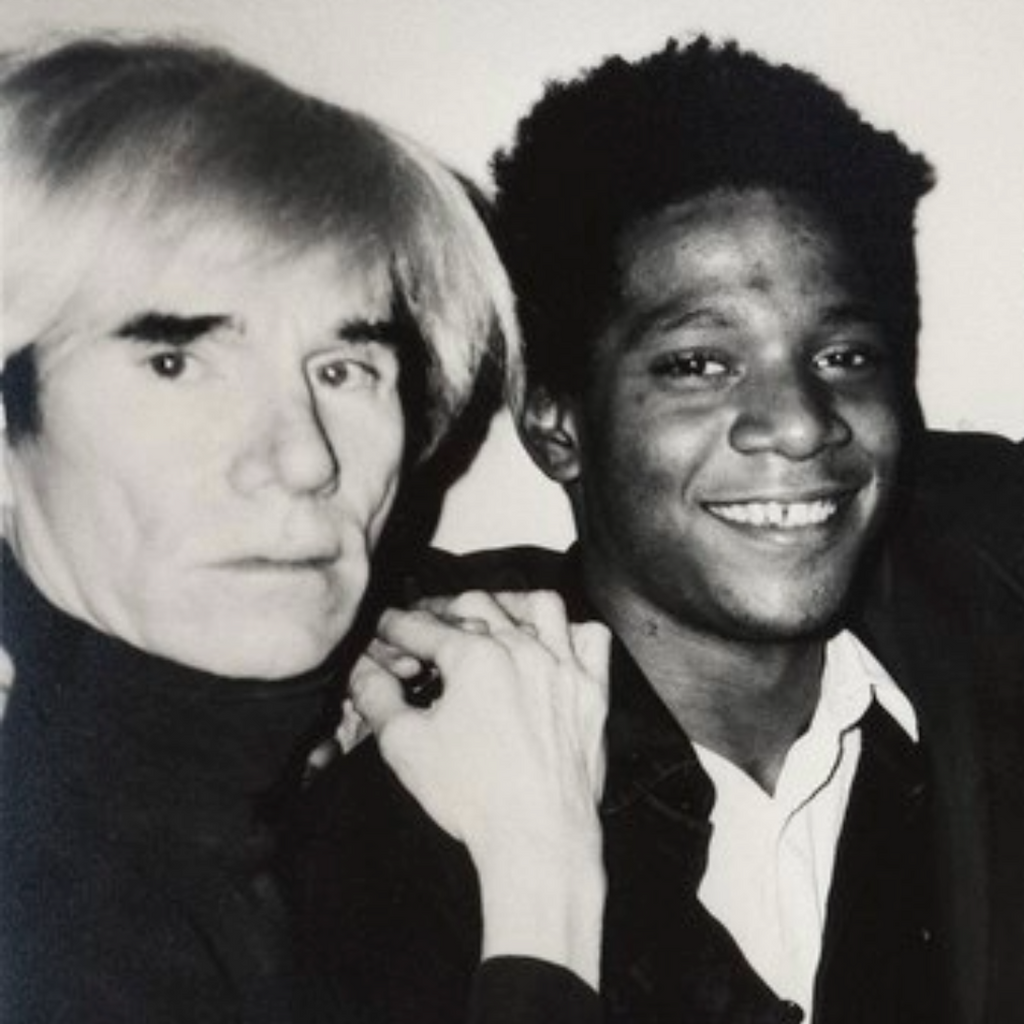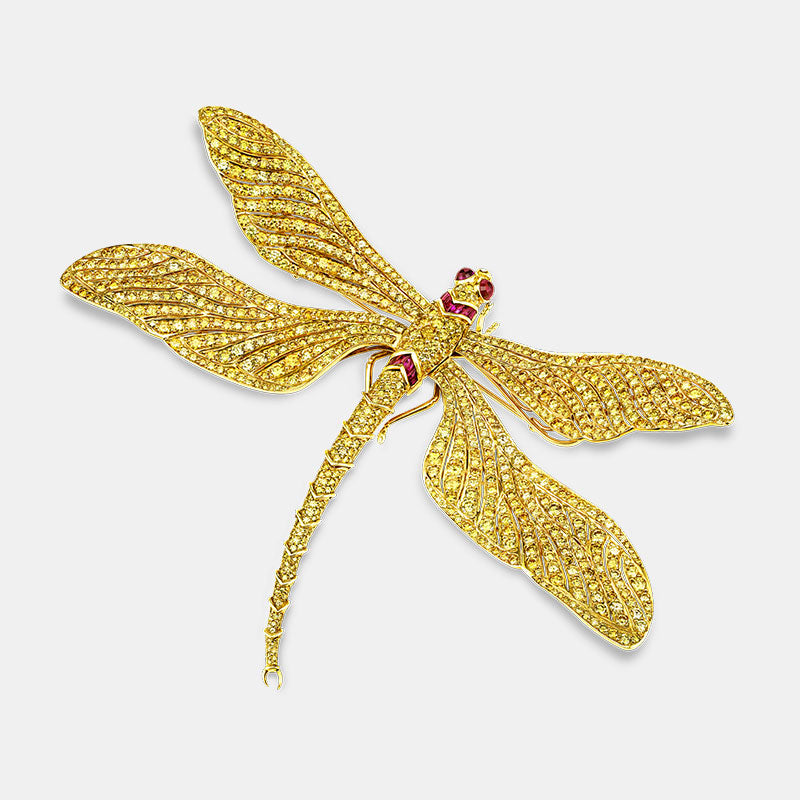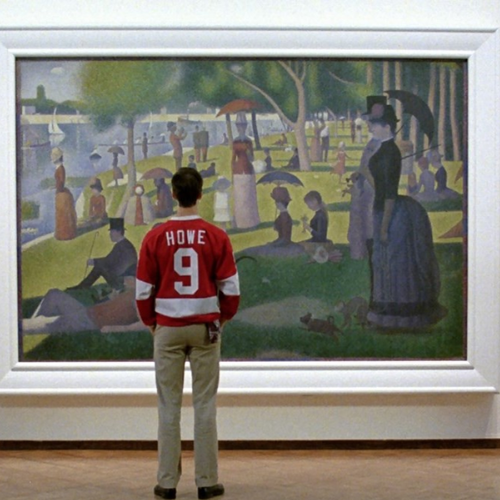Intro: The Evolution of Theater Costumes
The history of theater costumes is as rich and intricate as the plays they grace. From the rudimentary attires of ancient Greek dramas to the elaborate ensembles of the Renaissance, every era has left its own mark on costuming. It was the 19th-Century’s Belle Époque era and cabarets that brought a whirlwind of change, giving the stage a new flavor of elegance and geometry to popular theater.Costumes for Theater: The Early Beginnings
Ancient Western Traditions:Long before the advent of modern theaters equipped with LED lighting and sophisticated sound systems, playwrights and actors had to employ creative techniques to convey storylines and emotional arcs that could be seen and heard from a great distance. In 441 BCE, the renowned Greek playwright Sophocles premiered his play Antigone at the Festival of Dionysus. The audience, familiar with his work, eagerly awaited his latest tragedy and the unveiling of the actors' chitons and masks.

Ancient Greek Terracotta Goddess. Circa 400 BCE. M.S. Rau.
Chitons were the traditional long draped garments worn by actors and they were often designed reflect a character's status or role. Actors completed their costumes with quintessential theatre masks. Crafted from materials like linen, wood or leather, these masks were designed with exaggerated features for better visibility. Masks enabled actors to transition between roles and showcase diverse emotions. To further enhance visibility, actors wore footwear such as the cothurnus, a high-soled boot, ensuring they stood out to those watching from the seats of an open-air amphitheater.

Micromosaic Plaque of the Roman Forum. 19th Century. M.S. Rau.
During the 3rd-5th centuries BCE, Roman theater was heavily influenced by Greek traditions. While the Greeks donned chitons, Romans preferred togas as their theatrical costume. These togas, like their Greek predecessors, varied in colors and designs to signify an actor’s role and societal standing. Likewise, Roman masks, an enduring staple of costuming, were markedly more realistic and intricately detailed.
Another notable difference lay in the thematic focus. Greek theater was deeply intertwined with religious ceremonies, paying homage to gods and deities. In contrast, Roman theater was tailored more towards public entertainment. This was evident not only in the content of their plays, which often leaned towards comedic farces, but also in the architectural splendor of their grand stone amphitheaters, a stark contrast to the more modest Greek counterparts.

Ancient Eastern Traditions:

Indian theater, as per various scholars, traces its roots back to as early as the 15th century BCE. Evidence of theatrical performances can be found in ancient Vedic texts like the Rigveda, where shared dialogues suggest that drama plays were an integral part of Yagya ceremonies. However, a more widely accepted consensus is that the formal inception of Indian theater began with Sanskrit theater in ancient times. This tradition saw its zenith between the 1st and 10th centuries CE, a period often regarded as the golden age of Indian theater.
During this era of relative peace and cultural flourishing in India, a plethora of plays were penned, and theatrical performances became a regular occurrence. This epoch was marked by a holistic approach to theater, encompassing acting, dance, music, dramatic construction, architecture, costuming, makeup, props and the organization of theatrical troupes.

The origins of theatre in China can be traced back to the Shang dynasty, spanning from the 16th century BC to around 1046 BCE. Evidence from oracle bones alludes to rain dances led by shamans, and the Book of Documents cites instances of shamanistic dance and song.
During the Zhou dynasty, the royal court employed a range of professional entertainers, including dancers, musicians and actors. Academics suggest that costumes were essential in these theatrical performances, often representing various battle strategies. Performers donned specific attire corresponding to their roles and acted out scenes or battles, typically to honor the heroic victories of a monarch. A mural from the 2nd century vividly illustrates a more lighthearted theatrical tradition, showcasing jugglers and actors entertaining a captivated audience, members of the royal court.
Medieval Europe

While the medieval period spans nearly 10 centuries, a vast expanse of time, the roots of medieval theater can be traced to religious performances in churches in the early Middle Ages. To reinforce Christian teachings and foster a collective identity, churches began dramatizing specific biblical events on holy days. These reenactments, rich in symbolism, often mirrored religious rituals, incorporating vestments, altars and the ceremonial gestures of priests.
Initially, costumes were simple, only worn by men, and were either borrowed from religious vestments or reflective of the era's everyday wear. As the plays evolved, costumes grew more intricate, with specific colors and patterns symbolizing biblical figures.
Gradually, these performances expanded in complexity and length, transitioning from Latin, the language of the clergy, to the common vernacular, and were increasingly performed by laypeople rather than just the clergy.
Theater in Renaissance Courts and Beyond
During the Renaissance, as with the rest of the cultural and intellectual milieu, theater costumes began to reflect a renewed interest in classical antiquity. Costumes combined togas and hairstyles meant to emulate the attire of ancient Greece and Rome with contemporary fashion trends.
18th-19th Century Theater Transformations:


- The Beggar's Opera (1728): These ironic and subversive costumes placed beggars and criminals in expensive and fashionable clothes, while the upper-class characters were dressed in shabby and outdated clothes.
- The Barber of Seville (1775): The costumes in this comic opera were designed to be colorful and visually appealing, creating a sense of energy and excitement on stage.
- Uncle Vanya (1899): This tragic comedy's costumes were designed to be realistic and understated, mirroring the sense of melancholy and despair present in the play.
- A Doll's House (1879): The characters in this feminist play were dressed in simple, practical garb, helping to convey the main character's desperate need of liberation and independence from her Victorian life as a housewife.
Erté: Maestro of Art Deco Theater Costumes
The dawn of the 20th century brought a period of profound change and discovery — fueled by the prosperity of the Industrial Revolution and breakthroughs in transportation, the world became a smaller place. While the affluent set off on grand voyages, the tumultuous events of WWI also propelled many middle to lower class citizens into unfamiliar territories. Amidst the chaos, the theater stood as a beacon of hope and solace.

In the heart of St. Petersburg, a city bursting with cultural vibrancy, young Erté (Romain de Tirtoff) found himself surrounded by artistic wonders. Regular visits to the renowned Maryinsky Theatre and the Hermitage Museum shaped his early artistic inclinations. While the ballet performances choreographed by the legendary Marius Petipa captivated him, it was the allure of drawing that truly resonated with his soul. Erté would go on to take all these cultural experiences and produce some of the most avant-garde, innovative theater designs of the 20th century.

From Europe to the United States, the performing arts were forever changed by Erté's touch. His designs were more than just visual treats; they were narrative masterpieces.
Classics like La Traviata and Le Baron Tzigane were re-envisioned through his unique perspective, emphasizing the dance between old-world charm and modern innovation. Erté's work regularly displayed his unique vision and avant-garde qualities, like bare-chested fashion designs and the implementation of animalistic motifs.
The Art Deco movement, with its blend of classical and orientalist inspirations, resonated with the zeitgeist of the times. From the middle classes to society's upper echelon, people yearned for an escape, a blend of the familiar and the exotic.

Outside the theater, the ripples of the Art Deco revolution were felt. Everyday items bore the unmistakable motifs of the era, with grand geometry, bold colors and clean lines. The fashion choices of the time, dripping with theatrical grandeur, became a reflection of Parisians' journey through a world in flux, balancing the scales of tradition and progress.







